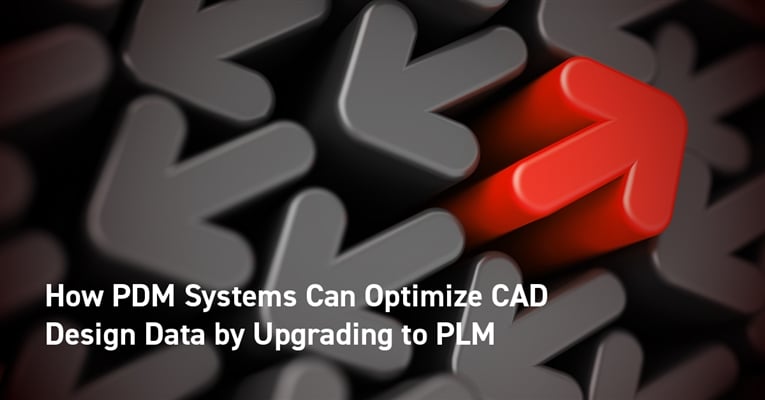As most design engineers know, data that makes up a CAD file can be very complex and contain a lot of specific design information – like configurations, manufacturing instructions, bill of materials, and much more. This complexity combined with the way CAD systems manage data is a continuous challenge.
For many years, data management was considered a burden, a non-favorable activity for designers and engineers. Their workday was very much focused on CAD system work, and lots of people say that this is still true.
But with the growing amount of information, many users have started to ask questions like:
- Where did I save my files?
- Which of these file versions contains the latest revision of my work?
- Who is working on these product files now?
With the introduction of search technologies, the demand for visibility and traceability in company data has increased dramatically. If you can’t find the data you need, “you can just Google it!” That seems to be the most reliable way to find information these days.
CAD file management should not be done manually
The most common way to manage CAD files is on a shared drive with a directory structure and file naming conventions. That can work in some situations, but it carries significant risks and limitations.
These manual approaches are better than nothing, but in all but the simplest scenarios lead to errors. As the complexity and number of engineers increase, approaches that are not managed fall apart. Relying on individuals to consistently follow manual rules eventually leads to problems. This approach frequently results in errors like:
- Overwriting each other’s work
- Using the wrong version of a file
- Multiple people working on the same file
All of the above lead to lost productivity.
What, why, and when PDM?
The growing amount of information drives a need for the adoption of a data management system. Storing and managing CAD data in shared drives does not scale. A full PDM (Product Data Management) system should be a part of the standard function set of the designer’s and engineer’s respective environments.
PDM focuses on managing and improving design data as it relates to product development. When combined with CAD software, for example, PDM becomes a highly specialized design environment.
PDM isn’t a new discipline. The traditional value of a PDM system has historically been separated into three sets of data management capabilities:
- CAD data management
- Engineering data management
- Enterprise data management
Combining PDM and CAD with PLM
For many engineering-centric manufacturers today, a PLM (Product Lifecycle Management) strategy is evolving organically through the acquisition and implementation of point software solutions like CAD and PDM, but many of these companies have yet to make a comprehensive decision about a PLM platform.
In these cases, the relative weight of selection criteria can become skewed to address the existing landscape. For instance, a PDM system’s multi-CAD capabilities might be critical for managing heterogeneous CAD tools already in use, or for managing new tools acquired through merger activity.
Alternately, the speed of the implementation may be less relevant because the current environment is complex enough that a complicated deployment is required and expected.
Many companies use PLM and product data management (PDM) tools side by side and sometimes they overlap. While PDM focuses on managing and improving design data as it relates to product development, PLM software systematizes and automates administrative processes by creating a central hub for all product and design information and data.
- PLM coordinates design intent and provides an orderly flow of approved data.
- PLM ensures that only the correct parts are ordered, produced and assembled according to valid and approved documentation.
- PLM is the central repository of the product definition, preventing costly errors related to unapproved part substitutions, out-of-date documentation, incorrect part numbers, and even many clerical errors in transferring final designs into production.
In conclusion: A PDM system contains deep knowledge about the CAD file model; a PLM system incorporates broad knowledge about the product definition and relationships. Together, they make for a very powerful combination.
For more information on the benefits of using your multi-CAD and PDM tools with Aras, watch our on-demand webinar.

